Unaju: Delicious Grilled Eel on Top of Rice
Unaju, a delectable Japanese delicacy, merges succulent grilled eel with perfectly steamed rice in a presentation that's as exquisite as it is flavorful.
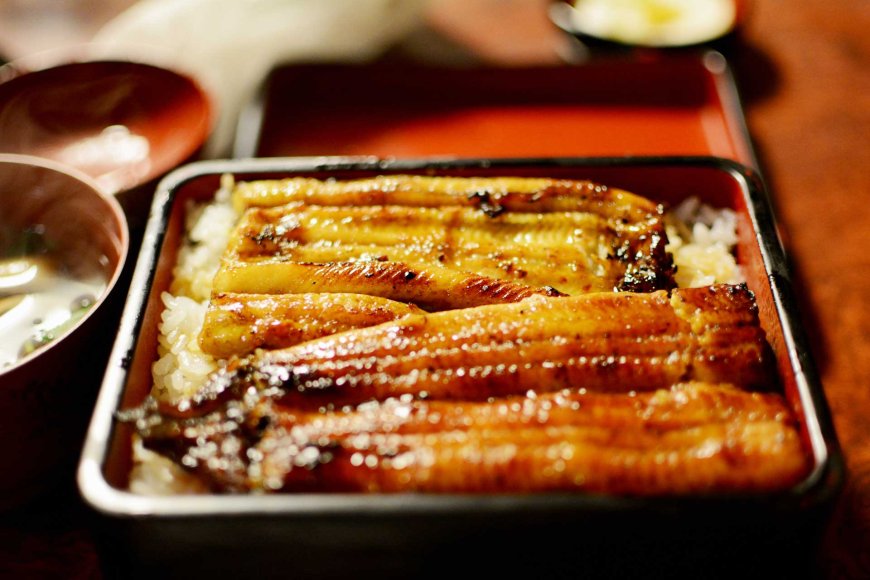
The Quintessential Japanese Comfort Food
Unaju, or unagi no kabayaki, is more than just a dish; it’s a culinary experience that embodies the rich traditions and refined flavors of Japanese cuisine. This article explores the history, preparation, and cultural significance of Unaju, offering insights into why this dish is cherished across Japan.
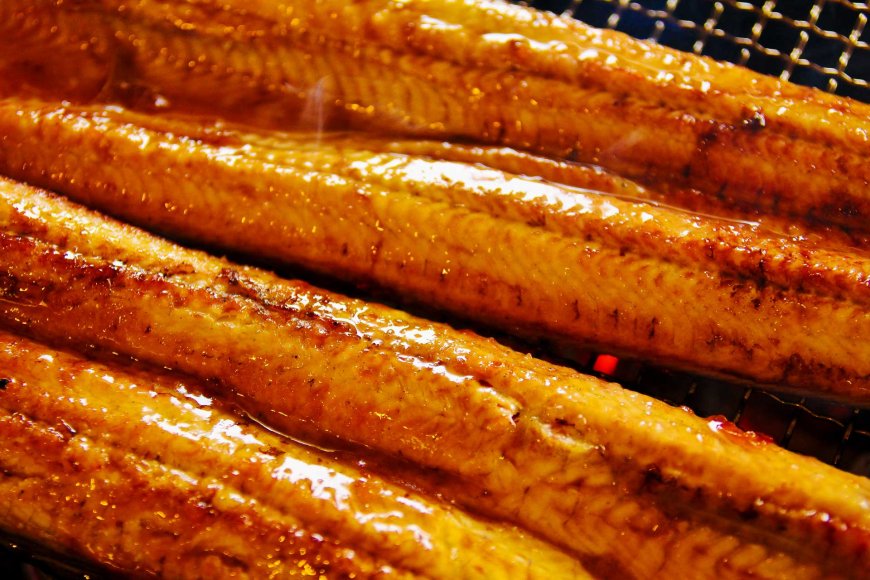
The Origins of Unaju
Unaju has roots that stretch back centuries in Japanese history. Unagi, or freshwater eel, has been consumed in Japan since the Edo period (1603-1868), when it was valued not only for its taste but also for its supposed health benefits. The eel was believed to provide stamina and energy, making it a popular choice during the sweltering summer months to help combat fatigue.
The technique of grilling eel and serving it with a sweet and savory sauce, known as kabayaki, likely evolved during the 19th century. Originally, the preparation involved broiling the eel over an open flame, which was a time-consuming process. With the advent of specialized eel restaurants, the method was refined and became more accessible to the general public. Unaju, referring to unagi served over rice in a lacquered box (ushi-donburi), is a more elaborate presentation of this classic dish.
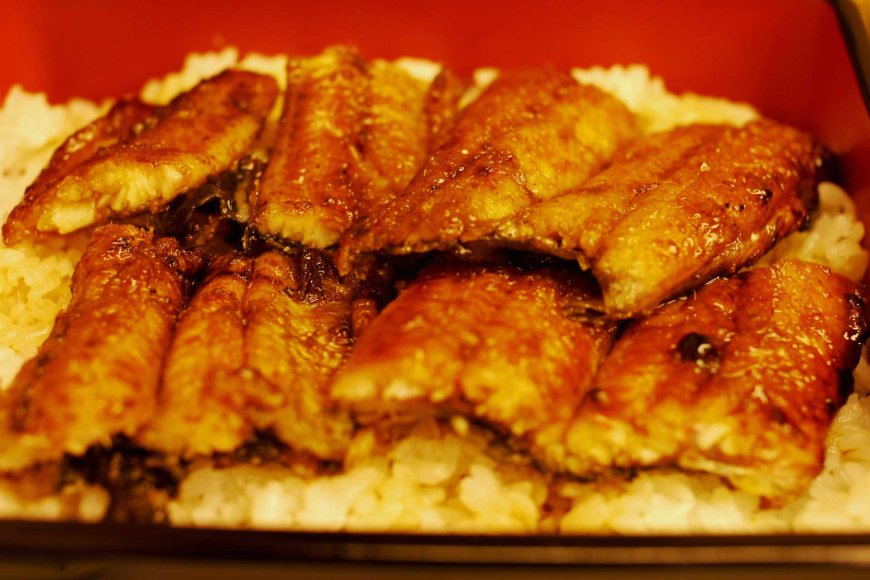
Preparation and Ingredients
The preparation of Unaju is a meticulous process that requires skill and attention to detail. The key ingredient, unagi, is carefully selected for its quality and freshness. It is first cleaned and deboned, then butterflied and marinated in a mixture of soy sauce, mirin (sweet rice wine), and sugar, which gives it its distinctive sweet and savory flavor.
The kabayaki technique involves grilling the eel over charcoal, which imparts a subtle smokiness and a crispy exterior while maintaining a tender interior. This grilling process is crucial for developing the depth of flavor that characterizes Unaju. The eel is basted with additional sauce throughout the grilling, ensuring that it remains moist and flavorful.
The rice component of Unaju is equally important. It is typically steamed to a fluffy, yet slightly sticky consistency, which provides a perfect base for the rich eel. The dish is assembled by placing the grilled eel on top of the rice, often accompanied by a garnish of pickled vegetables or shredded nori (seaweed).
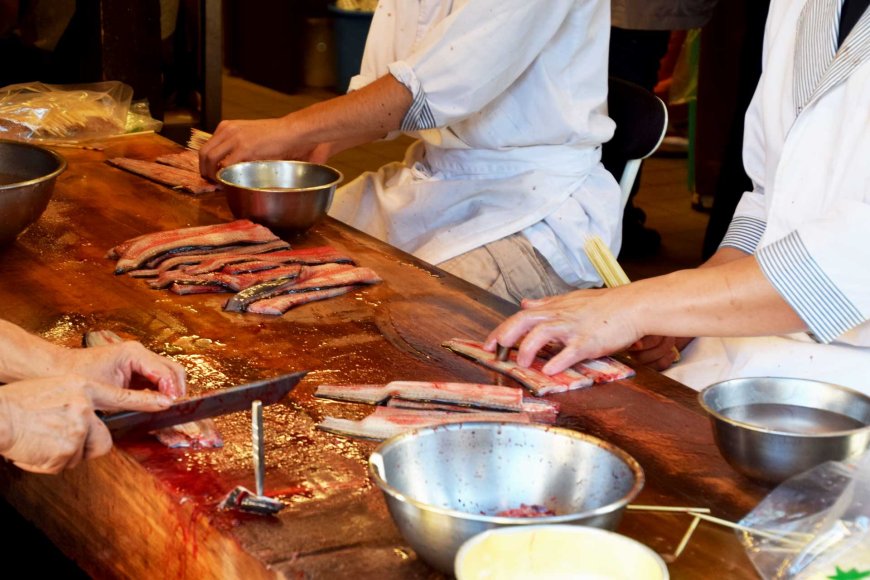
Cultural Significance and Modern Adaptations
Unaju is not just a meal; it’s a symbol of Japanese culinary artistry and tradition. It is often enjoyed during special occasions or as a treat, reflecting both the skill of the chef and the importance of the dish in Japanese culture. In Japan, the preparation of Unaju is considered an art form, with many restaurants specializing in this delicacy using time-honored techniques passed down through generations.
In contemporary Japan, Unaju remains a popular choice for celebratory meals and special outings. However, modern adaptations of Unaju have emerged, catering to diverse tastes and preferences. Some variations include using different types of eel, experimenting with different sauces, or incorporating additional ingredients such as vegetables or seafood.
In recent years, Unaju has also found its way into international cuisine, with Japanese restaurants around the world offering their own takes on this traditional dish. These adaptations often blend Unaju with local ingredients or cooking styles, creating a fusion of flavors that introduces this classic Japanese comfort food to a global audience.
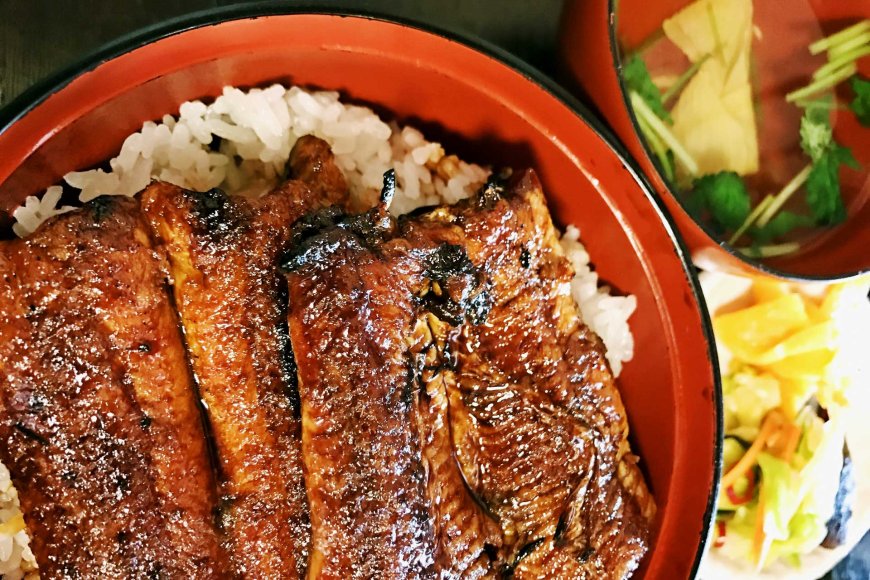
Unaju and Health Benefits
Unagi, the star ingredient of Unaju, is not only delicious but also nutritious. It is rich in omega-3 fatty acids, which are beneficial for heart health, and contains a good amount of vitamins and minerals, including vitamin A, vitamin E, and calcium. The presence of these nutrients contributes to the health benefits associated with consuming eel, including improved skin health and enhanced immune function.
However, it is important to note that Unaju is often enjoyed as a treat rather than a daily staple due to its rich flavor and preparation methods. Moderation is key to enjoying this delectable dish while maintaining a balanced diet.
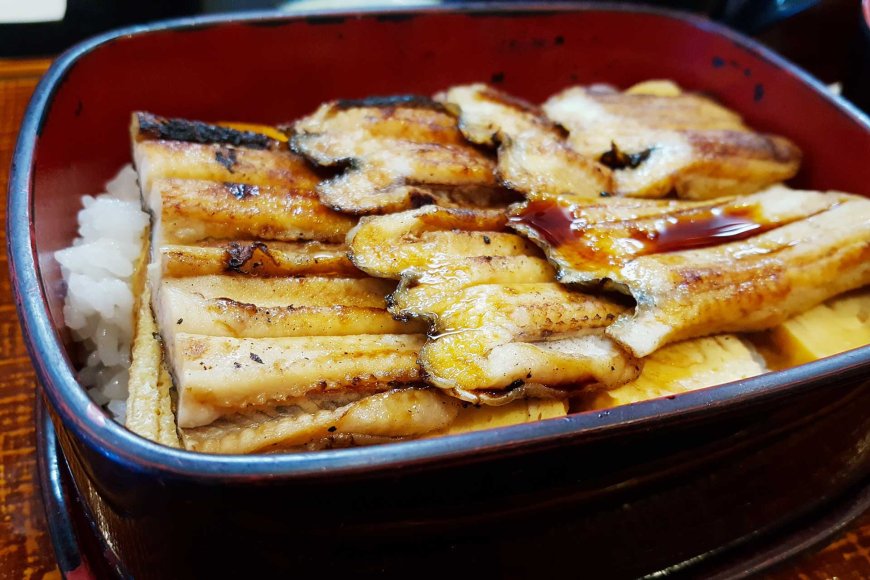
Celebrating Tradition, Craftsmanship, and Culinary Excellence
Unaju is more than a culinary delight; it’s a reflection of Japanese tradition, craftsmanship, and the art of fine dining. From its historical origins to its modern adaptations, Unaju continues to captivate and satisfy those who experience it. Whether enjoyed in a traditional setting or as part of a contemporary fusion menu, Unaju remains a testament to the enduring appeal of Japanese cuisine and its ability to bring people together through exceptional food.
In a world where culinary trends come and go, Unaju stands as a timeless classic, reminding us of the beauty and depth of Japanese culinary traditions.
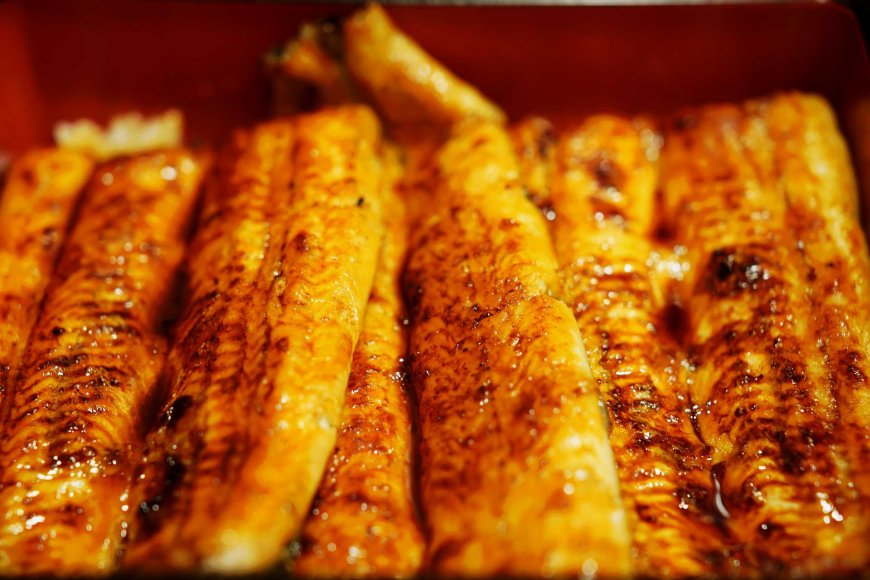
Find Cheap Flight Tickets to any Destinations in Japan and the Philippines
Nipino.com is committed to providing you with accurate and genuine content. Let us know your opinion by clicking HERE.































































